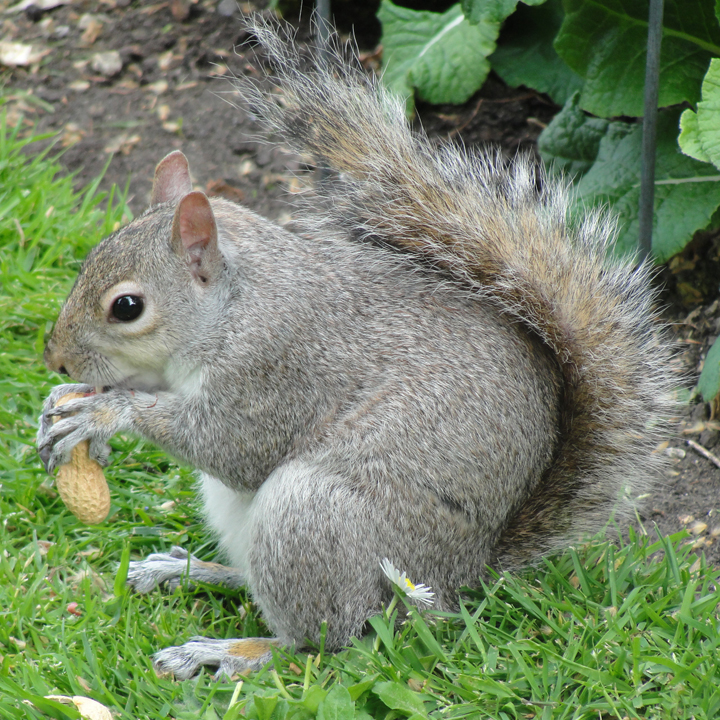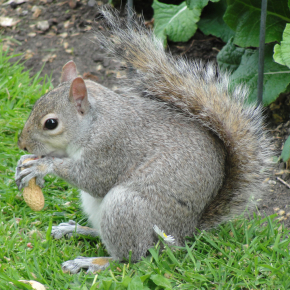
Charisma: the advantage of invasive species
Invasive species are the second largest cause of biodiversity loss. Transferred to new environments by human activity, they become competitors or predators of local species, which are often unable to withstand the incursion. An international research team, involving two French laboratories1 , have evidenced one factor yet to be fully addressed in the study and management of these invasions: species charisma. The popularity of a species, and its perception by society and the media, determines how it is introduced and what impact it has on its new surroundings. In Italy, for example, the arrival of the popular North American grey squirrel threatens the existence of the native red squirrel. The publication, which will appear in the journal Frontiers in Ecology and the Environment (6 April 2020), recommends that scientists take charisma into account when studying and managing invasive species.

© Gérard Brémond
- 1The French laboratories involved in the study are the Laboratoire Ecologie, Systématique et Évolution (CNRS/Université Paris-Sud/ AgroParisTech) and the Laboratoire d'analyse et modélisation de systèmes pour l'aide à la décision (CNRS/Université Paris Dauphine).
The role of species charisma in biological invasions. Ivan Jarić, Franck Courchamp, Ricardo A Correia, Sarah L Crowley, Franz Essl, Anke Fischer, Pablo González-Moreno, Gregor Kalinkat, Xavier Lambin, Bernd Lenzner, Yves Meinard, Aileen Mill, Camille Musseau, Ana Novoa, Jan Pergl, Petr Pyšek, Klára Pyšková, Peter Robertson, Menja vonSchmalensee, Ross T Shackleton, Robert A Stefansson, Kateřina Štajerová, Diogo Veríssimo, and Jonathan M Jeschke. Frontiers in Ecology and the Environment, le 6 avril 2020. DOI : 10.1002/fee.2195


